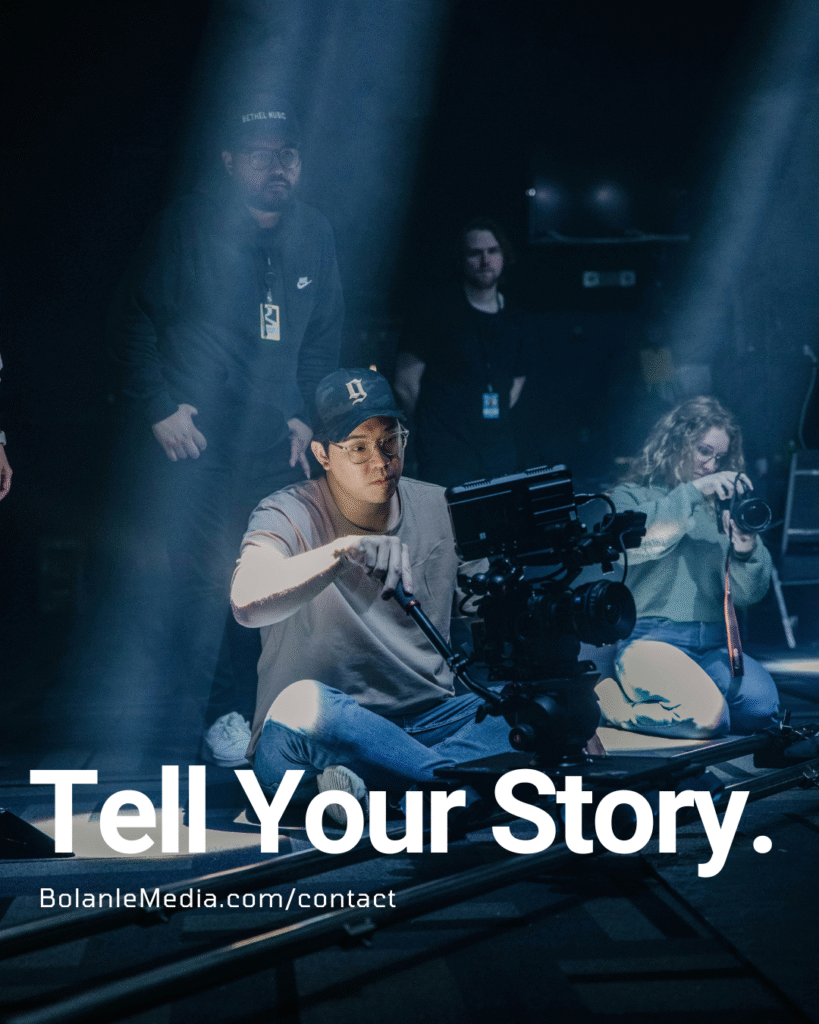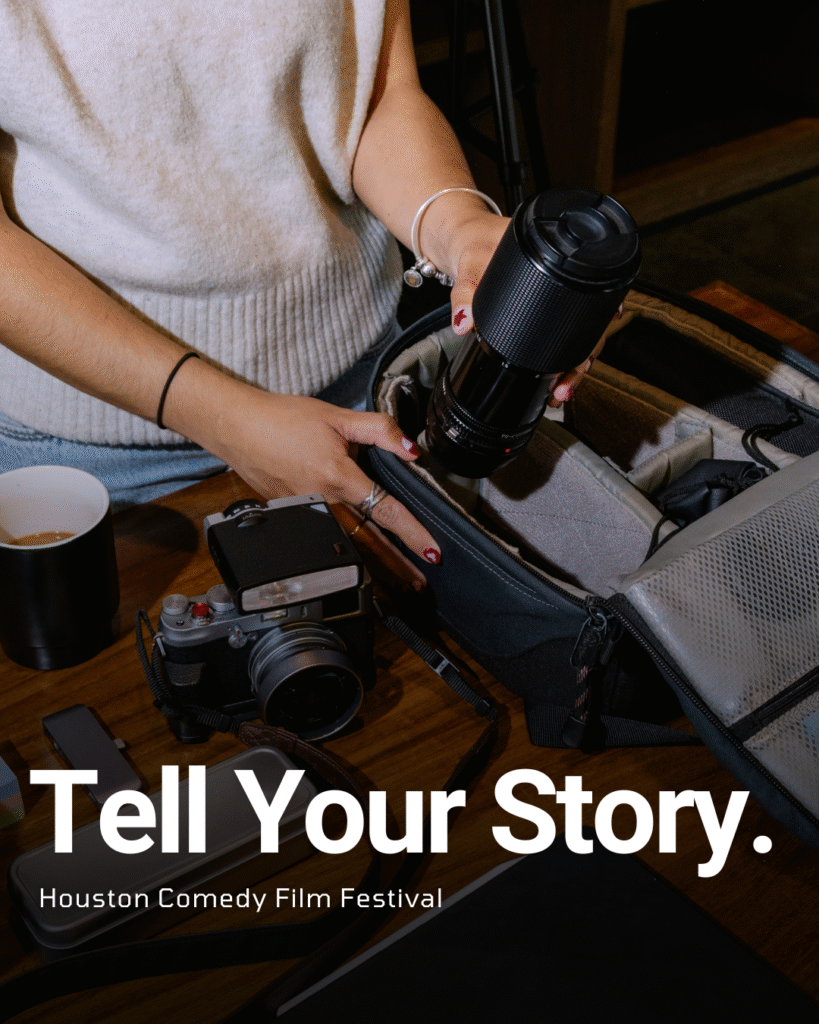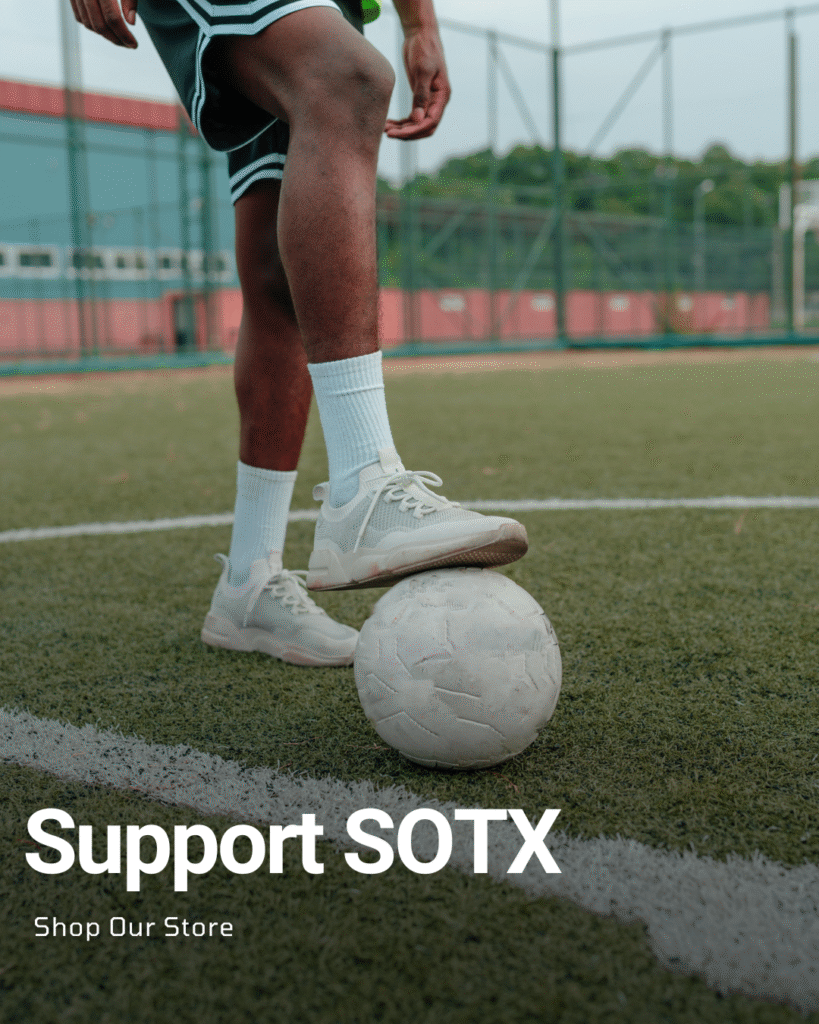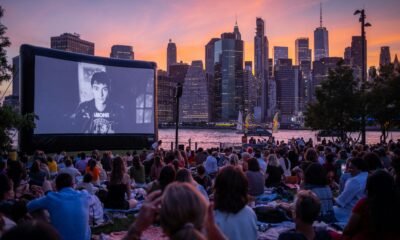News
How Los Angeles United to Stand Up Against ICE Operations
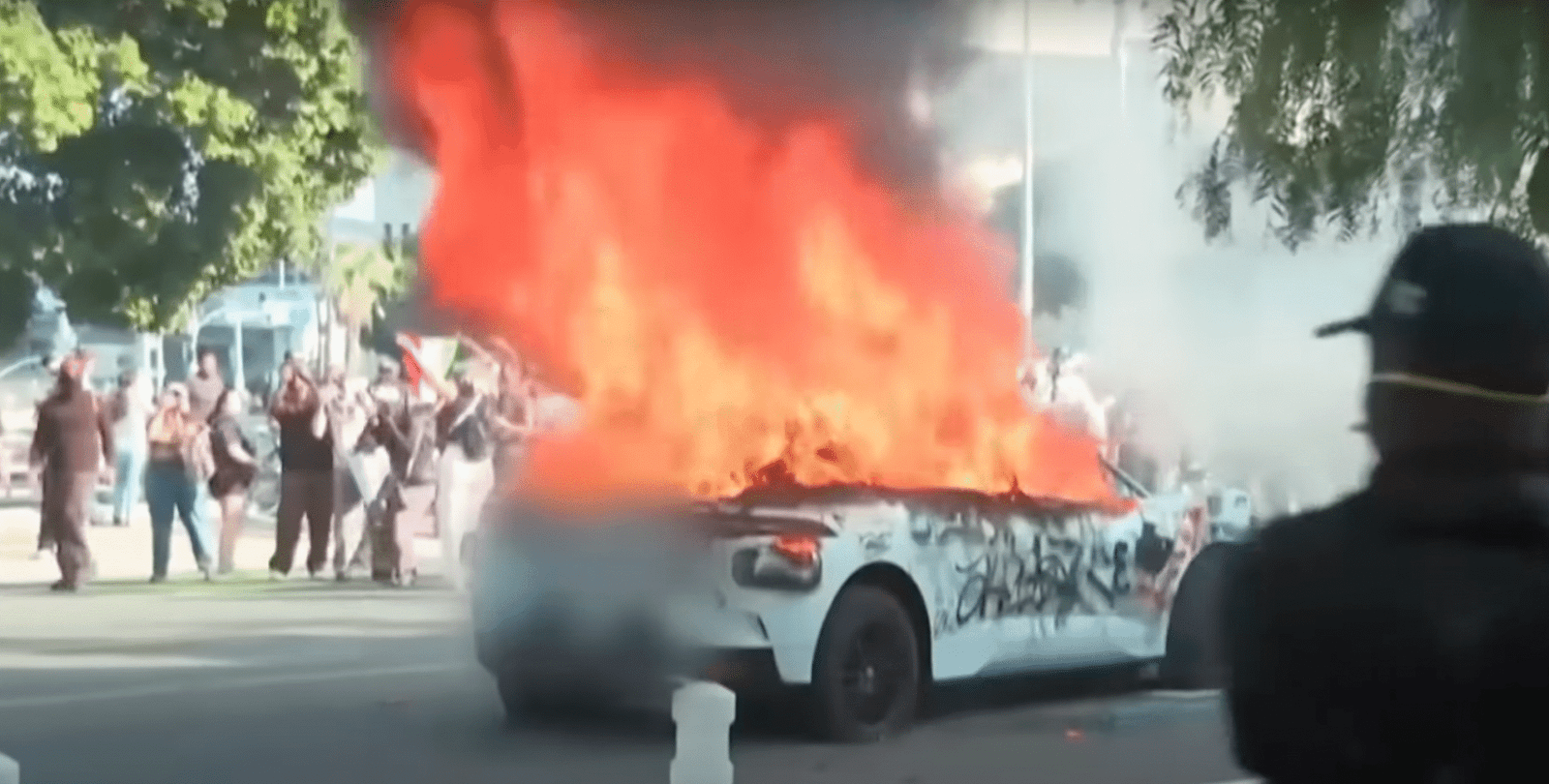
In June 2025, Los Angeles became the epicenter of some of the most intense protests against Immigration and Customs Enforcement (ICE) raids in recent history. Following a series of federal immigration sweeps targeting undocumented workers across the city, thousands of residents, activists, labor unions, and community organizations came together to resist what they described as aggressive and unjust enforcement tactics. This article unpacks the timeline of events and how the diverse communities within Los Angeles united to push back against ICE actions.
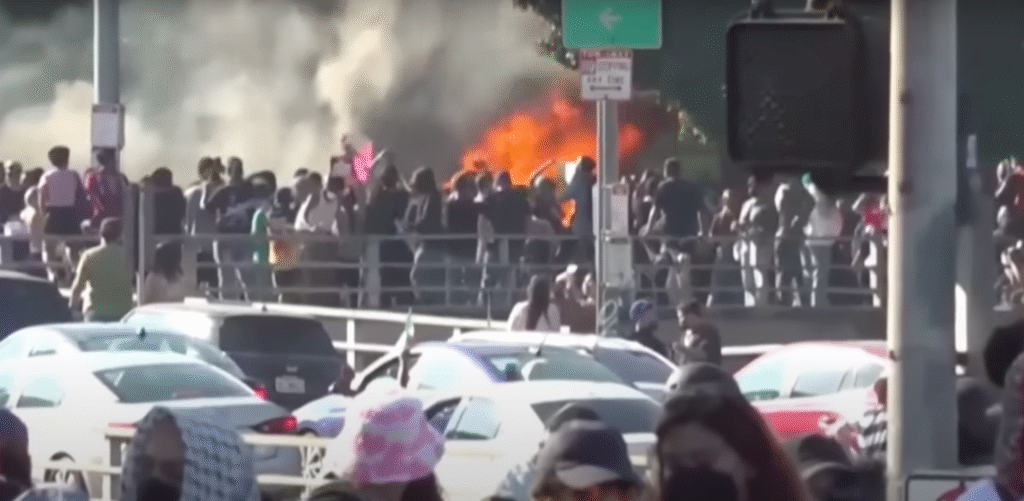
The Spark: ICE Raids Ignite Protests
Early Raids on June 6, 2025
The turmoil began on the morning of June 6, when ICE agents conducted coordinated raids targeting several businesses in neighborhoods such as the Fashion District and Westlake. These operations focused on workplaces suspected of harboring undocumented immigrants, resulting in 44 arrests that day. The raids included dramatic moments such as federal agents chasing individuals in Home Depot parking lots and detaining workers at apparel warehouses.
Almost immediately, protests began to surge. Crowds gathered at key locations including the Edward R. Roybal Federal Building downtown, demanding an end to the raids. Clashes quickly followed between protesters and ICE agents, with demonstrators attempting to block vehicles transporting detainees and throwing objects in confrontation. Police responded with crowd control tactics including tear gas, rubber bullets, and flash-bang grenades.
Escalation and Solidarity: Growing Protests Across the City
June 7 to 9: Expanding Protests and Political Backlash
On June 7 and the following days, protests spread to areas like Paramount, Compton, and MacArthur Park. Thousands took part in marches, rallies, and sit-ins organized by the Coalition for Humane Immigrant Rights of Los Angeles, the Service Employees International Union, and other groups. These demonstrations mixed peaceful resistance with moments of unrest, at times resulting in vandalism of federal property and confrontations with law enforcement.
In response to escalating tensions, President Trump deployed 2,000 National Guard troops to Los Angeles on June 7, later authorizing additional forces including 700 Marines. This federal intervention was met with fierce criticism from local officials such as Mayor Karen Bass and Governor Gavin Newsom, who called the deployment unnecessary and inflammatory.
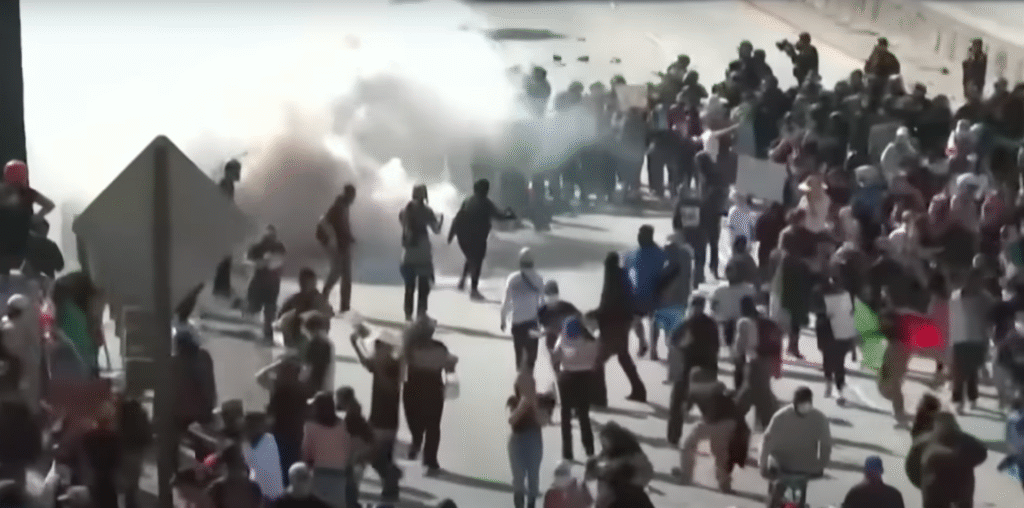
The Community’s Stand: Voices, Actions, and Impact
Diverse Groups Leading the Resistance
One of the defining features of the Los Angeles protests was the unity across diverse sectors of the city — immigrants, labor unions, students, faith groups, and neighborhood organizations all participated in a collective stand. Protesters chanted slogans like “ICE out of LA,” “No más deportaciones,” and “Defend our communities,” while calling for immigration reform and an end to racial profiling.
Rallies at iconic locations like Grand Park and Mariachi Plaza became focal points for speeches, music, and art expressing solidarity. Despite the visible presence of law enforcement and the National Guard, the protests continued for days, representing a sustained and determined grassroots movement.
Clashes and Challenges
While many actions remained peaceful, some protests involved violent confrontations, property damage, and arrests. Police declared several large gatherings “unlawful assemblies” following reports of projectiles like rocks and fireworks being thrown. Over 100 arrests were made in the early days of unrest. Journalists covering the events also faced detentions.
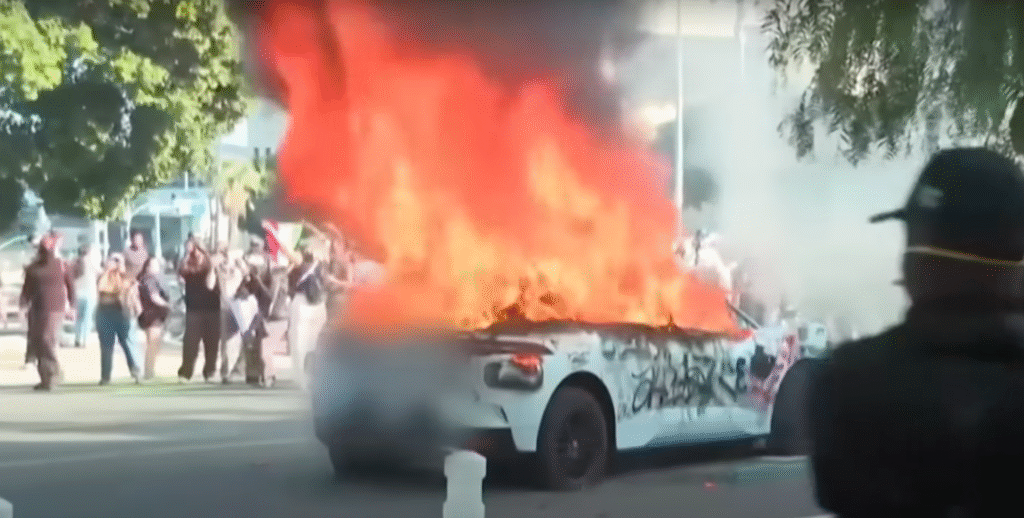
Conclusion: Los Angeles’ Bold Stand Against ICE
The June 2025 protests in Los Angeles illustrated a powerful moment of collective resistance against immigration enforcement perceived as harsh and politically motivated. By uniting across diverse communities and confronting a heavily militarized federal response, Los Angeles set an example of activism fueled by deep concerns for immigrant rights and social justice.
What unfolded in the streets and neighborhoods was more than opposition to ICE raids — it was a declaration that the people of Los Angeles would not stand by quietly as families were torn apart and communities destabilized. This historic moment will be remembered as a city coming together to demand dignity, justice, and change.
Health
Over Half of Americans Use PTO for Pure Rest, While 1 in 3 Do Nothing for Days

More than half of Americans are now spending their paid time off (PTO) resting at home, with a full third choosing to do absolutely nothing for days on end—a trend that’s being dubbed “bedrotting.” According to a revealing Marleep survey, 57% of respondents admit to taking time off specifically to lay in bed, while 33% say they’ve set aside multiple days in the past year just for complete rest. This emerging pattern speaks volumes about growing burnout and the changing face of workplace culture across generations.
For many, PTO once meant planning adventures or memorable getaways. Now, it more often means using that precious time off for deep recovery. The Marleep study found that most Americans are not traveling the world or exploring new hobbies on their days off—they’re simply unplugging, retreating to their beds, and, frequently, scrolling endlessly on their phones.

One telling detail from the survey is the emotional toll: 53% of people feel guilty for using their PTO to rest instead of engaging in more traditional, active pursuits. Workplace expert Joyelle Crawford explains that this sense of guilt itself is a red flag, rooted in a “business over balance” culture that often leaves people too exhausted to even plan a vacation.
“Gen Z isn’t lazy—they’re literate in self-preservation. They’re rejecting hustle culture and taking bedrotting days because traditional models of work and rest aren’t working for them.” — Joyelle Crawford
Crawford encourages viewing PTO as “permission to optimize.” She suggests using these days to reset, reflect, and rethink personal boundaries—sometimes the most restorative vacation is about stepping back from overcommitting, not from leaving town.

This approach is especially pronounced among Gen Z, who are most likely to cancel plans due to anxiety or low motivation. Experts say this isn’t laziness but a sign that younger generations are prioritizing mental health and healthy boundaries. Still, it’s important to combine this newfound rest ethic with intention—rest without purpose can slide into avoidance and isolation.
57% of Americans now use PTO just to rest in bed—while 1 in 3 take multiple days off just for doing nothing.
As more Americans choose bed over beaches on their days off, they’re sending a clear message: sometimes, genuine recovery means doing absolutely nothing, and that’s perfectly okay.
News
Bad Bunny Makes History – and Headlines – As Super Bowl Halftime Choice
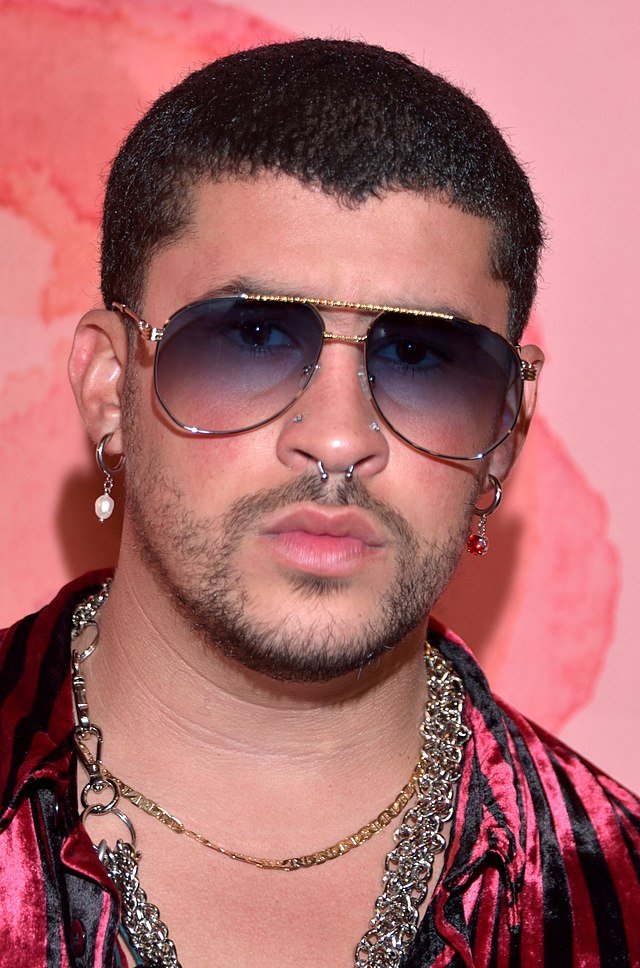
Global superstar Bad Bunny has once again put Latin music and culture squarely in the spotlight—this time, as the headline performer for the 2026 Super Bowl halftime show. The Puerto Rican artist’s upcoming performance is set to be delivered entirely in Spanish, marking a historic first for the event and signaling a major win for Latino representation in American pop culture.
Celebration and Backlash
The announcement was widely celebrated across social media and the entertainment industry. Past halftime show stars like Jennifer Lopez, Shakira, and Bruno Mars openly voiced their support, emphasizing how powerful Bad Bunny’s presence is for a new generation of fans. His enormous global influence is backed by chart-smashing releases, stadium-filling tours, and millions of music streams.
But not everyone was happy. Conservative and MAGA supporters quickly generated a backlash, criticizing Bad Bunny’s selection. President Donald Trump dismissed the decision as “absolutely ridiculous,” while House Speaker Mike Johnson insisted that a “real American” should have been chosen—suggesting country singer Lee Greenwood instead. The criticism ranged from accusations that Bad Bunny “isn’t American enough,” to complaints about his choice to perform exclusively in Spanish.
Culture Clash and Impact
Bad Bunny’s selection is the latest example of Latino artists facing heated cultural debates at high-profile U.S. sports events. The controversy echoes past reactions to performances from artists like Jose Feliciano, Jennifer Lopez, and Shakira. These moments highlight ongoing conversations about American identity, representation, and inclusion.
Despite the rancor, Bad Bunny’s star continues to rise. Almost immediately after the announcement, his music streams and social engagement surged in the U.S., with fans joking that everyone needs to brush up on their Spanish before halftime. Bad Bunny himself responded with humor and pride, saying, “What I’m feeling goes beyond myself. It’s for those who came before me and ran countless yards so I could come in and score a touchdown…This is for my people, my culture, and our history. Ve y dile a tu abuela, que seremos el HALFTIME SHOW DEL SUPER BOWL”.
Billboard Honor and Ongoing Influence
Bad Bunny will also be honored as Billboard’s Top Latin Artist of the 21st Century at the 2025 Billboard Latin Music Awards in Miami. This recognition celebrates his historic success on the Billboard charts, groundbreaking achievements in fashion and film, and his social influence across generations.
With record-breaking tours, innovative collaborations, and fashion statements, Bad Bunny is not only changing the soundscape—he’s reshaping pop culture’s boundaries.billboard+2
Conclusion
The storm around Bad Bunny’s Super Bowl halftime show is more than a musical controversy. It’s a landmark in the ongoing story of Latino artists claiming their space in American culture, and a reflection of the tensions—and triumphs—of representation in 2025. Whether you’re learning Spanish for halftime or tuning in for the debate, one thing is clear: Bad Bunny’s moment is making history.
News
ChatGPT Prompts Lead to Arrest in Pacific Palisades Fire Case
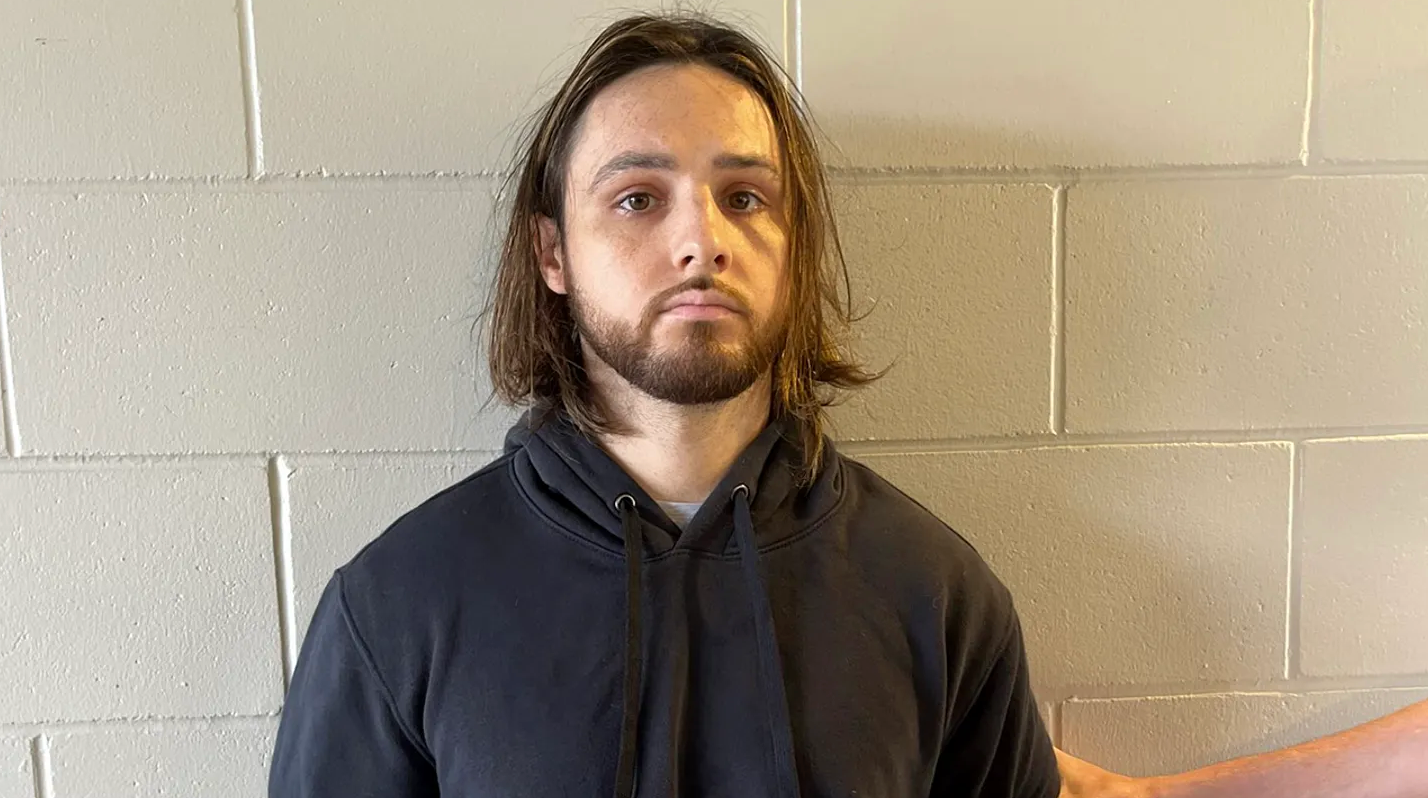
Investigators have ushered in a new era for crime-solving with the arrest of Jonathan Rinderknecht in connection with the devastating Pacific Palisades fire—using evidence from his very own ChatGPT prompts. What was once thought of as a private dialogue between man and machine has now become central to one of California’s most tragic arson cases.
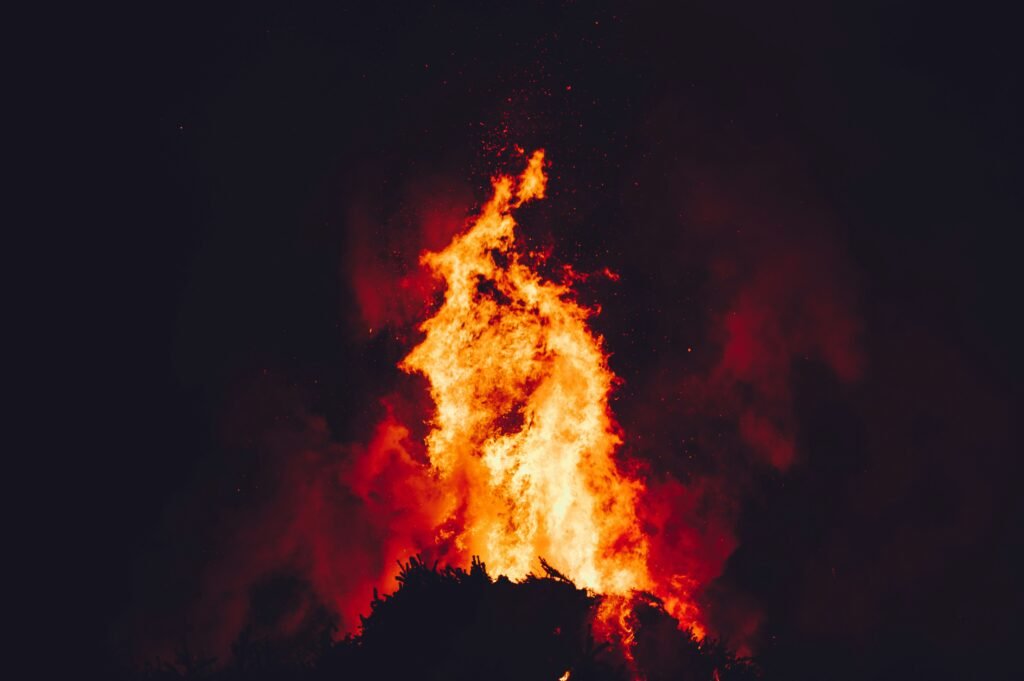
Unmasking an Arsonist Through AI
As the January 2025 wildfire raged through Pacific Palisades, leaving over 6,000 homes destroyed and twelve lives lost, investigators looked beyond traditional clues. They discovered Rinderknecht had asked ChatGPT months before the fire to generate dystopian images depicting burning cities, fleeing crowds, and a world on fire—details disturbingly close to what would later unfold. These prompts became more than digital artwork; they were a window into the suspect’s mindset and possible intent.
The Digital Trail
Not content with images alone, authorities found even more direct evidence in Rinderknecht’s chat history. Shortly after midnight on January 1, officials say he walked a remote trail after finishing an Uber ride, then set the initial blaze. Around the same time, he queried ChatGPT: “Are you at fault if a fire is ignited because of your cigarettes?”—seemingly searching for a legal loophole or trying to create an innocent explanation. This, added to location data and phone records showing his presence at the fire’s origin, gave prosecutors a strong and unique case.
ChatGPT’s Role in the Case
According to the Department of Justice, the prompts and images retrieved from ChatGPT formed part of a broader tapestry of evidence. The “dystopian painting” created by the AI, as described in court records, depicted the very kind of disaster that occurred in Pacific Palisades, and was showcased during press briefings as proof of premeditation.
Legal experts say this case could set new precedent for the use of AI-generated content in courtrooms, as authorities treat chatbot histories and digital prompts much like text messages, emails, or social media posts—fully subject to subpoenas and forensic analysis.
Setting a New Digital Standard
For the people of Los Angeles, the Palisades fire stands as a grim reminder of what can be lost in hours. For law enforcement and legal experts, it is also a milestone: AI conversations and digital records now join the fingerprints, witness reports, and physical evidence that help crack tough cases.
The arrest of Jonathan Rinderknecht is a warning to anyone who imagines digital footprints are easily erased. Today, even conversations and creations with artificial intelligence can be tracked, retrieved, and used in a court of law.

 Business3 weeks ago
Business3 weeks agoDisney Loses $3.87 Billion as Subscription Cancellations Surge After Kimmel Suspension

 Entertainment3 weeks ago
Entertainment3 weeks agoWhat the Deletion Frenzy Reveals in the David and Celeste Tragedy

 Filmmaking4 weeks ago
Filmmaking4 weeks agoThe Real Reasons Film Jobs Are Disappearing

 Entertainment4 weeks ago
Entertainment4 weeks agoABC Suspends ‘Jimmy Kimmel Live!’ Indefinitely After Kirk Remarks

 Tech4 weeks ago
Tech4 weeks agoWhy Experts Say AI Could Manipulate, Blackmail, and Even Replace Human Relationships

 News4 weeks ago
News4 weeks agoSeeing Trauma: What Charlie Kirk’s Death Reveals About a Nation in Conflict

 Entertainment3 weeks ago
Entertainment3 weeks agoExecutive Producer Debut: How Celia Carver Created Festival Hit ‘Afterparty’

 Filmmaking4 weeks ago
Filmmaking4 weeks agoWhy Hollywood’s Biggest Blockbusters Keep Failing at the Box Office


















